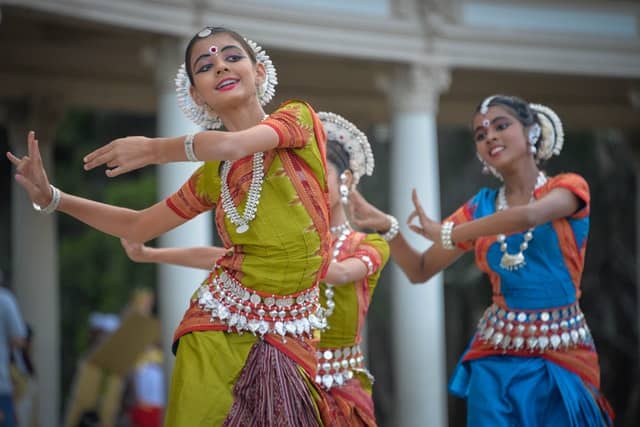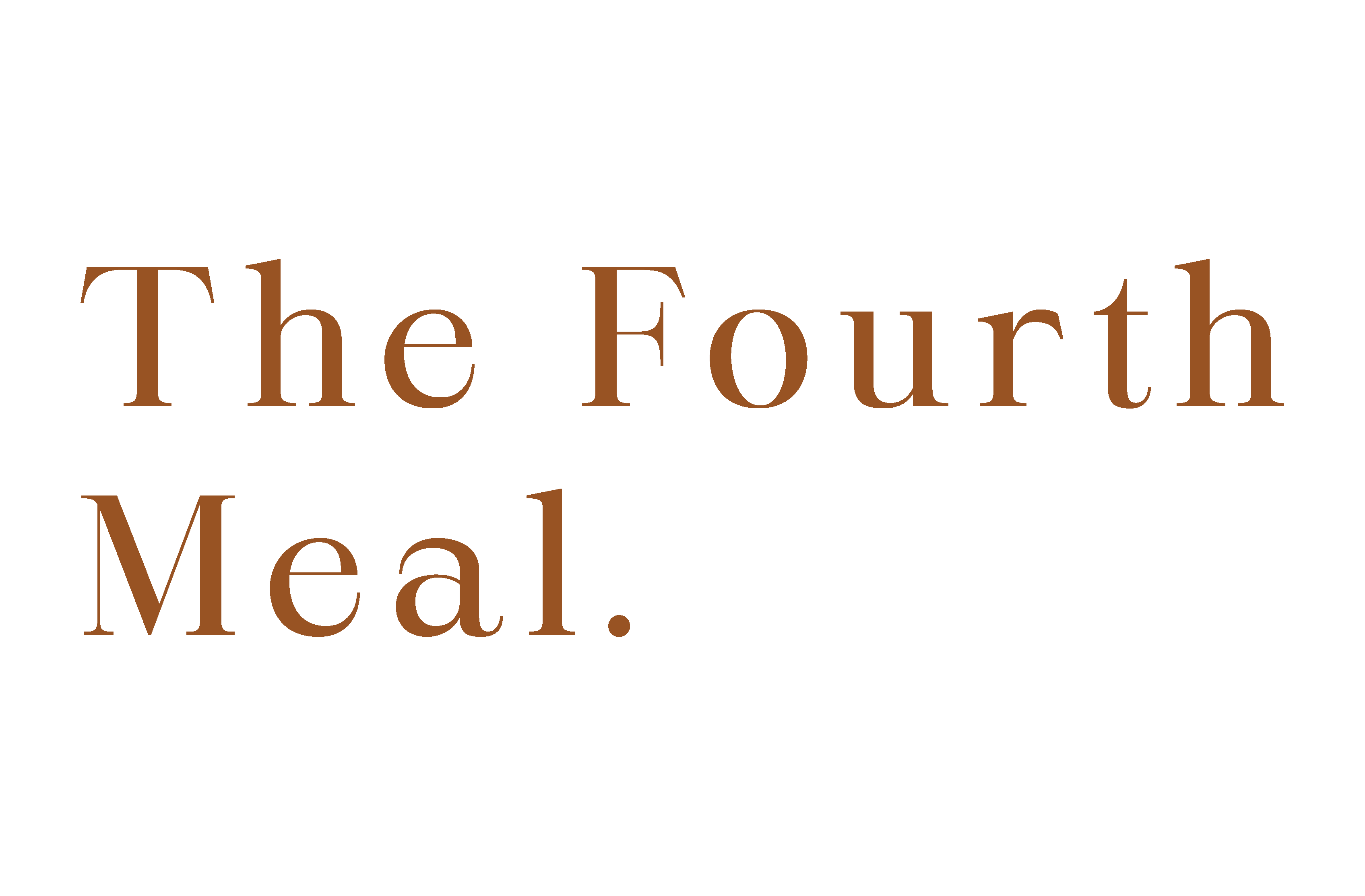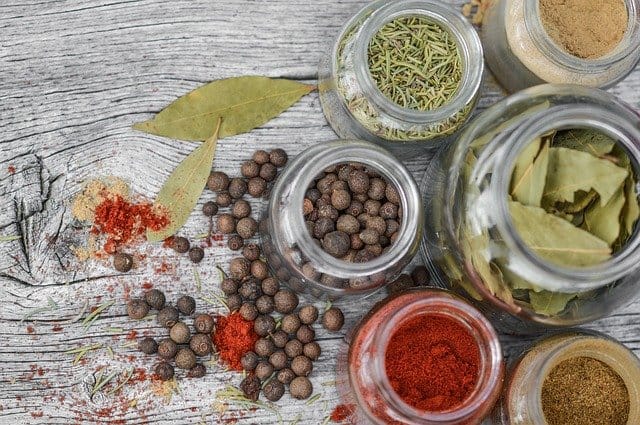FLAVORS OF INDIA
Throughout the ages, Indian cuisine has grown to tremendous heights, carving an influence so powerful it defines dishes of many nations. Nations like The middle east, Africa, Fiji, and the Caribbean, to name a few. Thanks to critical events such as the spice trade between India and Europe. Today; It’s rare to find a place in the world that does not have some form of market, restaurant, or even flavors influenced by India. The cuisine is based on the 6 tastes (Rasa), sweet, sour, salty, bitter, pungent, and astringent. These are believed to be essential to a balanced diet.
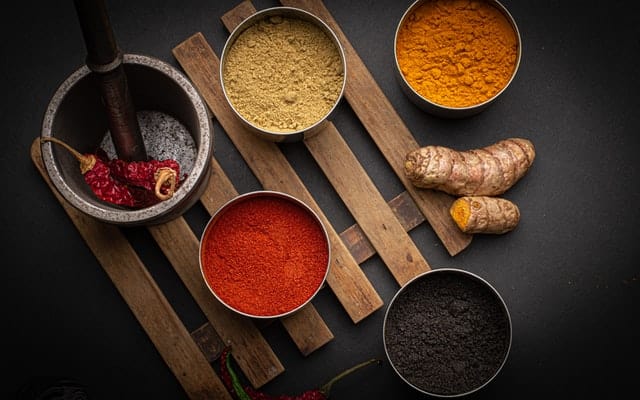
International intergration
This South Asian country is the second most populous after China. Religion, trade, and traditions influenced the rise of Indian cuisine as we know it. Islamic rule played an essential part in the introduction of certain foods. The diversity and richness of Indian cuisine also owe itself to the integration of other cultures, particularly during colonial times. Different types of foods were introduced during a period known as the Columbian interchange. Named after Christopher Columbus, the Columbian interchange marks a significant period in the 15/16th century where the transfer of goods, knowledge, human populations, and technology between the Americas and Africa, Europe, and Asia was in full effect.
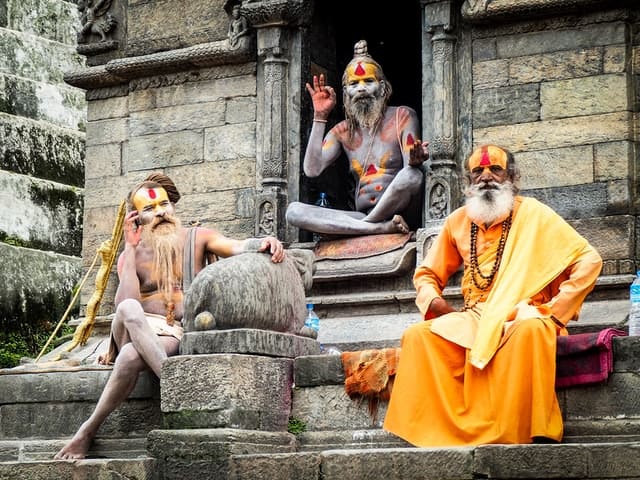
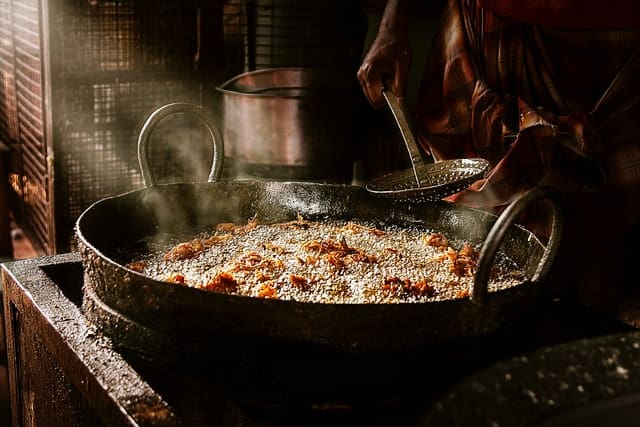
Indian cuisine
The Indian diet consists mainly of plant matter and dairy products. Grains, Fruit, Vegetables, and legumes form a large % of the diet. This, in turn, means a large number of the Indian population are vegetarian.
Rich fertile ground and a good climate allow for the cultivation of a variety of grains, fruit, and vegetables throughout the year.
The regional diversity gives rise to a mix of cultures with different styles of cuisine. Below are a few examples:
Assamese cuisine – known for the use of more herbs than spices
Bengali cuisine – offers international diversity specifically from Portuguese and Chinese influence.
Mughlai cuisine – Also known as the Dheli cuisine, it’s the most diverse as it integrates cultures from all over India, due to Dheli being the capital. It is also known for its street food culture.
Punjab cuisine – Possibly the most familiar with foreign nations and with a very diverse range of dishes. Punjab dishes include Tikka, Tandoori Chicken, and foods that have creamier textures by cooking in cream or yoghurt eg Chicken tikka masala.
Kerala cuisine – Includes mainly vegetarian dishes and on a smaller scale seafood and meat. Also, a region that uses a lot of coconut as its prevalent in that area.
Gujarat cuisine – Primarily vegetarian. Known for its complex simultaneous flavors of sweet, sour, spicy, and salty. A diet practice borrowed from Ayurveda.
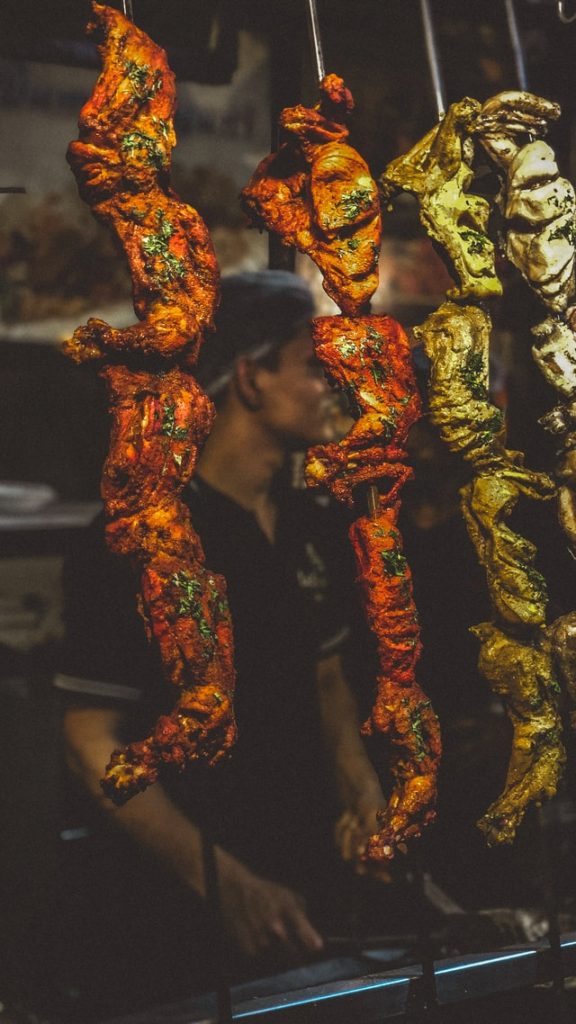
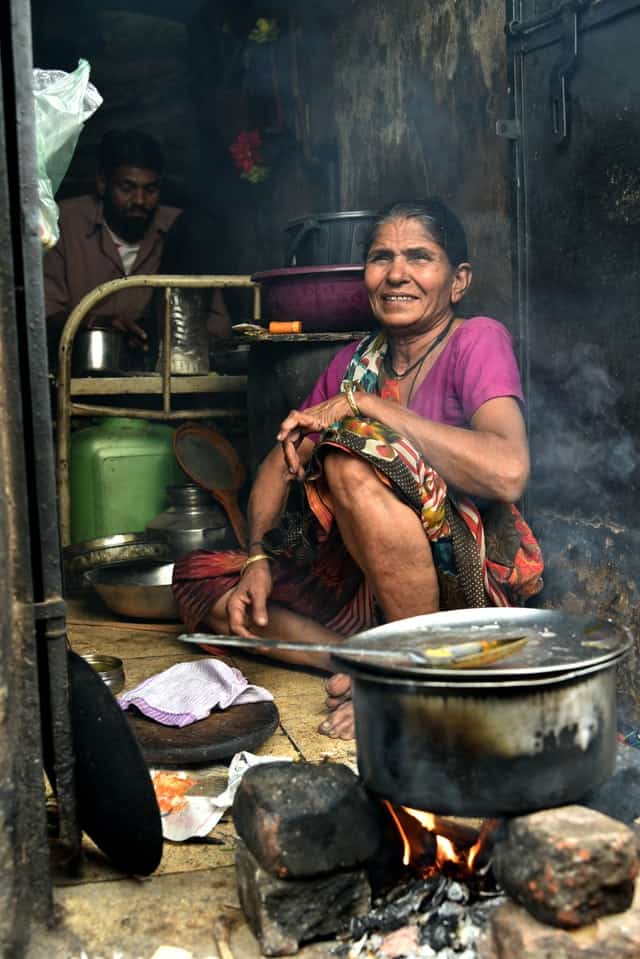
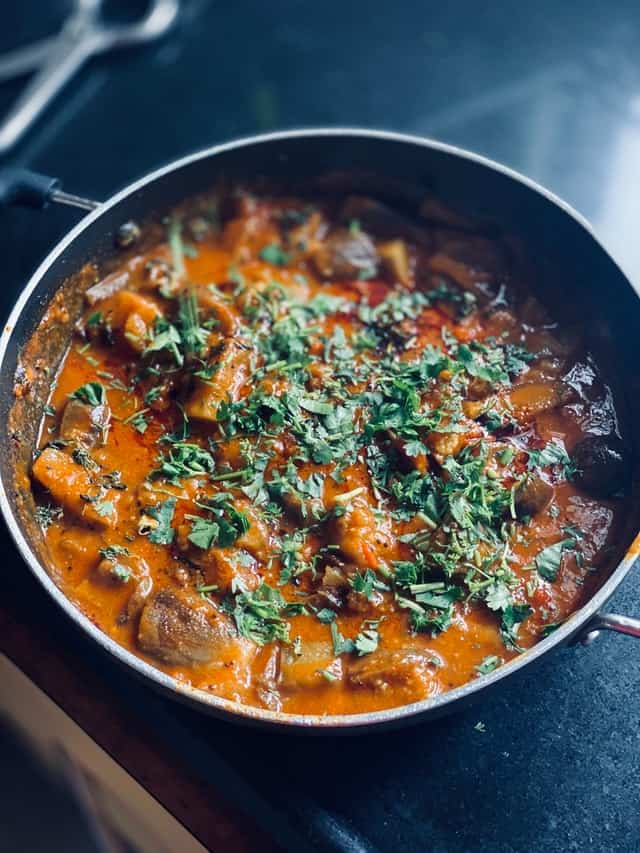
Dietary limitations
The Indian diet consists mainly of plant matter and dairy products. Grains, Fruit, Vegetables, and legumes form a large % of the diet, this, in turn, means a large number of the Indian population are vegetarian.
Some of the dietary groups include:
Hindu – Hinduism forbids the consumption of beef since cow is considered sacred.
Muslim – Forbid the consumption of pork and pork products.
Vegetarian – Consume Fruit, Veg, legumes, pulses, and dairy.
Jain – Jainism promotes Lacto-vegetarianism but forbids the consumption of root vegetables. This is due to the belief that other lifeforms are harmed when a plant is uprooted.
Flavors of India
What’s the first thing that comes to mind when you think of Indian flavors? Spices, of course, lots of it. More like aromatics, This is what makes Indian cuisine what it is. So what are these ingredients that are synonymous with India?
| Anise | Coriander | Ghee | Nutmeg | Rice |
| Cardamom | Cumin | Ginger | Onion | Saffron |
| Cassia | Curry | Lemon | Peanut | Sesame |
| Chili | Dill | Lentils | Peas | Tamarind |
| Cinnamon | Fennel seed | Mace | Pepper | Tumeric |
| Cloves | Fenugreek | Mint | Poppy seeds | Yoghurt |
| Coconut | Garlic | Mustard | Potato |
Garam masala
Spice blends are at the core of Indian cuisine and one can’t mention Indian cuisine without garam masala. Garam Masala is an Indian spice blend that a lot of people consider essential to every Indian kitchen. There are different ratios to this spice blend. Here a balanced recipe with the ratios that I use.
| Ingredients | Method |
|
50g Cloves |
If using whole spices, place all spices in a spice blender and blend together,
|
Some dishes of India
Different regions in India have different dishes, this makes the cuisine very diverse and the list very extensive. Below are a few common dishes:
| Savoury Aloo Gobi – Cauliflower with Garam Masala Aloo Tikka – Potato & Vegetable patties Bhatura – deep fried puffy leavened bread Biryani – Aromatic spiced rice with vegetables and/or meat Butter Chicken (Murgh Mahal) – Chichen in a spicy creamy tomato sauce Chana Masala – Chickpeas in a tomato sauce Chicken tikka – Spiced *Marinated* Chicken on a skewer Chicken tikka masala – Chicken in yoghurt tomato sauce Dal – Lentil dishes Dosa – Thin type of pancake Palak Paneer – Paneer in spinach sauce Paneer tikka masala – Paneer in yoghurt tomato sauce Paratha – Type of Flatbread Papadum – Crisp fried pastry (accompaniment) Sambar – Lentils and veg in sauce, serve mainly with rice Samosa – Triangle shaped filled pastry Tandoori Chicken – Spicy marinated chicken that’s grilled Vada – Savoury doughnuts |
| Sweet Gulab Jamun – Fried dough balls in syrup Jalebi – twisted deep-fried pastry dipped in sugar syrup Kulfi – Ice cream Payasam / Phirni – Rice Pudding Drinks Assam tea Ayurvedic teas Darjeeling tea Chai tea Hariya / Apo – Rice beers Sonti – Rice Wine Lassi – Yoghurt and milk-based spiced drink Kesar – Saffron milk Bedam milk – Almond milk Aam Panna – Raw mango juice Banta soda – lemon or orange carbonated soft drink Tankan Toraani – Rice based drink |
Conclusion
India is a perfect example of cultural diversity when it comes to cuisine. Although a large percentage of the population still lives in poverty, other nations owe the success of their culinary identities to India’s blueprint. It is through a combination of the success of the spice trade, tradition, religious influence, and historical events that gave rise to this complex mix of flavors. It’s no wonder why India is known as the land of Spice
